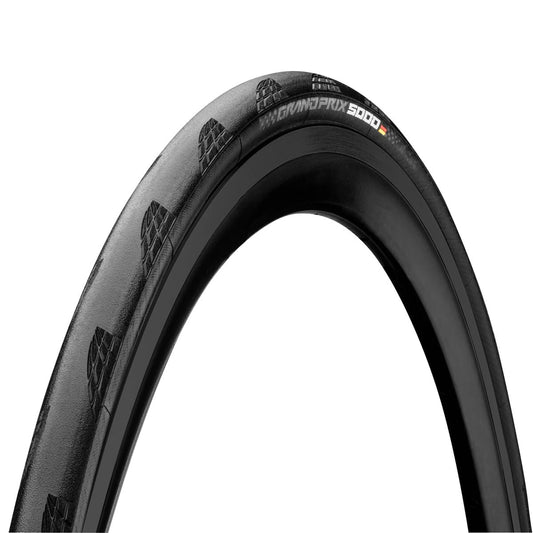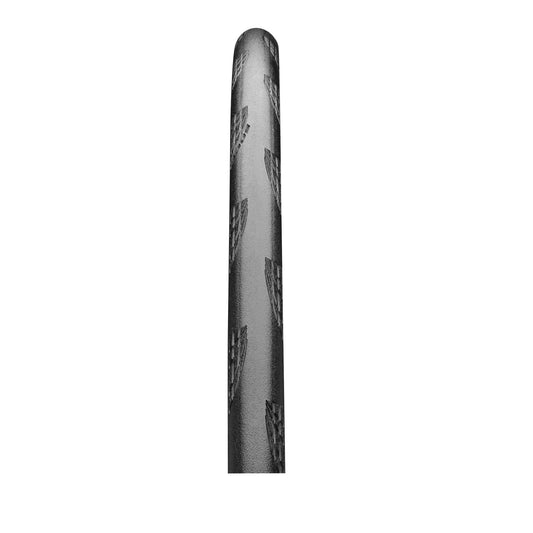BMX Race (or BMX Racing) is a spectacular form of cycling that has been on the Olympic program since 2008. The BMX Race originated in California in the late 1960s, at a time when motocross was becoming a major sport in the USA. Inspired by the spectacle of these motorcycle races, youngsters adopted the codes: they laid out tracks and began to improvise bike races, imitating the style of motocross riders. The new BMX scene gradually took shape, rapidly gaining in popularity across Europe.
The bike used in BMX racing has its own specific characteristics. The BMX frame, size and components are optimized for the needs of the discipline.
Here's all the advice you need from Probikeshop choosing your BMX Race bike !
All about BMX Race
BMX riders use a small bike, with a small frame and wheels, high, oversized handlebars and a low seat. This configuration enhances the bike's dynamism and maneuverability. BMX bikes are single-speed bikes.
In the race, 8 riders line up behind the starting grid, which is located at the top of a vertiginous ramp - an 8-meter-high starting hill. The quality of the start is decisive for the rest of the race. The BMX track varies in length from 300 to 400 metres. Its surface is fast and rolling. It is laid out with several banked turns and bumps of all kinds: single bumps, double bumps, triple bumps, whoops (a series of closely-spaced bumps passed in a manual), etc.
The competition is organized over several rounds, from heats to finals. BMX Racing is a highly spectacular cycling discipline, where competitors commit themselves to 30 to 40 seconds of intense effort. Explosiveness, power, velocity, technique, instinct and a sense of trajectory are the main qualities required to shine in BMX racing. Elite women's and men's champions include Mariana Pajón, Axelle Étienne, Niek Kimmann, Sylvain André, Joris Daudet...
What are the criteria for choosing a BMX Race?
To choose the right BMX Race bike, you need to consider a number of important criteria: frame size, frame material, wheel dimensions and brake type.
Which frame size for my BMX Race?
You need to feel perfectly at ease on your BMX to be able to exploit its full potential on the track. Choosing the right frame size is essential.
BMX frame sizes are classified into different categories: Micro, Mini, Junior, Expert, Expert XL, Pro, Pro XL, Pro XXL, Pro XXXL... These BMX sizes correspond to the length of the Top Tube.
Frame size also determines wheel size, in some cases. While most BMX frames have 20" wheels, the smaller categories (Micro, Mini) use 16" and 18" wheels, and for the larger sizes, you'll find BMX Cruisers with 24" wheels.
Probikeshop offers you the following size guide to find your BMX:

What material should I choose for my BMX?
A BMX Race bike has to be able to cope with the high demands placed on it by the rider, whether starting, restarting or landing. BMX frames and forks are designed for strength, dynamism, lightness and stability.
Which tires and wheels should I choose for my BMX Race?
BMX Race bikes for adults generally use 20" wheels - 24" BMX Cruisers are also available. Children's BMX Micro or Mini models have 14", 16" or 20" wheels.
Most rims are made of aluminum, a material that guarantees a good strength-to-weight ratio. Carbon wheels are also available for BMX racing. BMX wheels feature an average of 36 spokes. When choosing wheels, make sure they are compatible with your braking system, whether skate or disc.
Tires can have a smooth or slightly patterned tread. The studs on the sides are more or less pronounced, to consolidate grip depending on weather conditions. The dimensions of 20-inch tires range from 20" x 1"1/8 to 20" x 2.30". BMX Race tires are wider at the front than at the rear.
Which braking system for my BMX: disc brake or pads?
BMX Race bikes are equipped with a single rear brake, which serves simply to control the bike's speed. But the choice of braking system is no less important, since braking is a strategic moment that demands maximum attention.
Disc brakes have several advantages:
However, mounting a disc brake adds weight, compared with a pad brake. The cost of the equipment is also higher.
What equipment does the Racer come with?
The BMX Race rider's equipment includes mandatory items: full-face helmet, long gloves, pants, long-sleeved jersey, closed-toe shoes, socks above the malleolus. In view of the risk of falling, the use of protective gear (knee pads, elbow pads, etc.) is recommended.
BMX helmet
In BMX Race, the rider uses a full-face helmetwhich protects the head and face in the event of a fall. The brands incorporate advanced technologies, such as the MIPS (Multi-directional Impact Protection System), to absorb maximum energy in the event of a bad impact. BMX full-face helmets are usually worn with a face mask.
BMX long-sleeved jersey
BMX riders wear a long-sleeved jersey jersey. Modern BMX jerseys feature close-fitting cuts that don't restrict freedom of movement in the upper body. Stretch fabrics are very comfortable to wear.
BMX gloves
Visit gloves for BMX riders must cover the entire hand and fingers. Fitted and abrasion-resistant on the palm, they also secure the grip on the handlebars with silicone inserts.
BMX pants
BMX pants are designed to resist abrasion in the event of a fall. Modern cuts offer a more precise fit, greater comfort and greater freedom of movement.
BMX shoes and socks
Competitors' shoes must be closed. The best riders use shoes compatible with automatic pedals, to optimize power transmission. In BMX competition, socks must cover the ankle.
Découvrez tous nos conseils & Tutoriels
Best Sellers
-
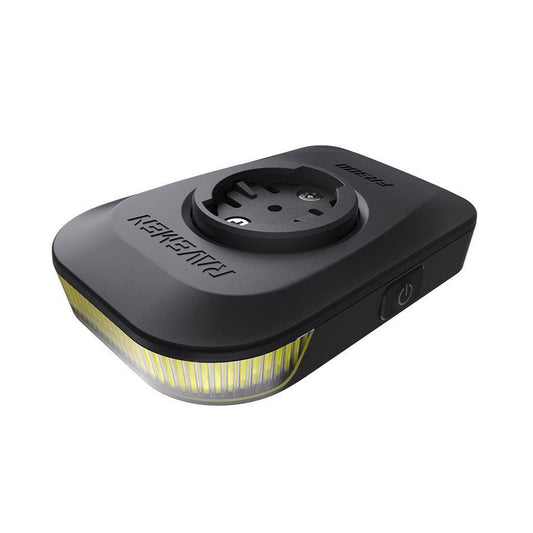
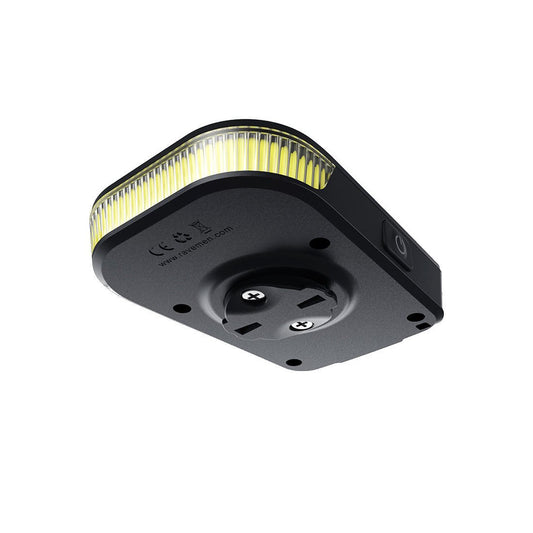
RAVEMEN FR 300 Front Light - Garmin/Wahoo
Regular price 39,99 €Regular priceUnit price per -
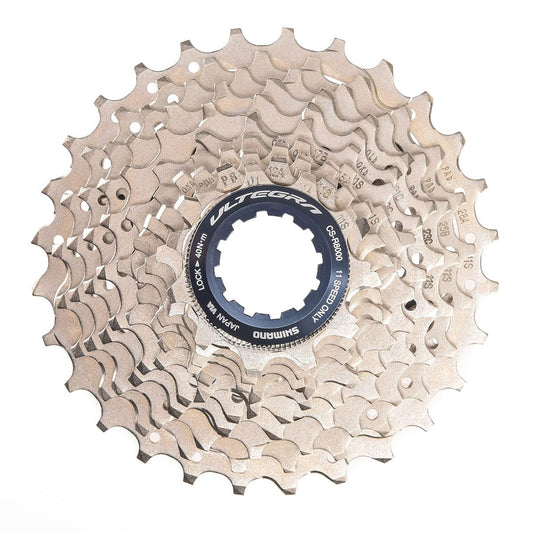

11V SHIMANO ULTEGRA CS-R8000 cassette
Regular price From 54,90 €Regular priceUnit price per -
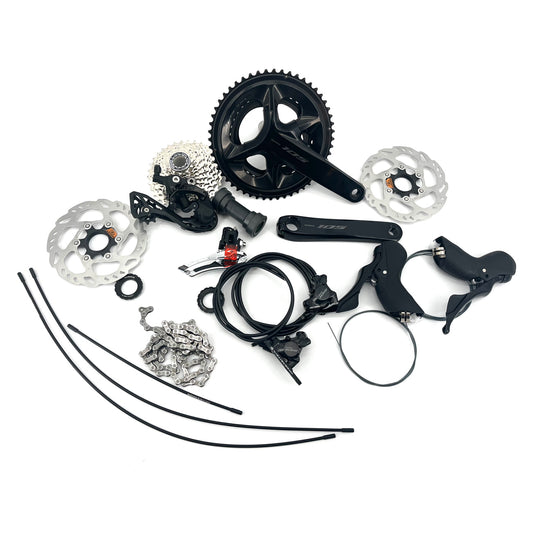
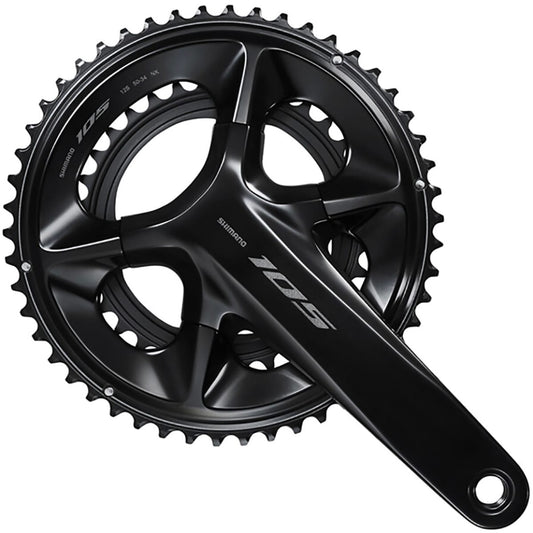
Groupesets SHIMANO 105 R7120 2x12V
Regular price 599,90 €Regular priceUnit price per -
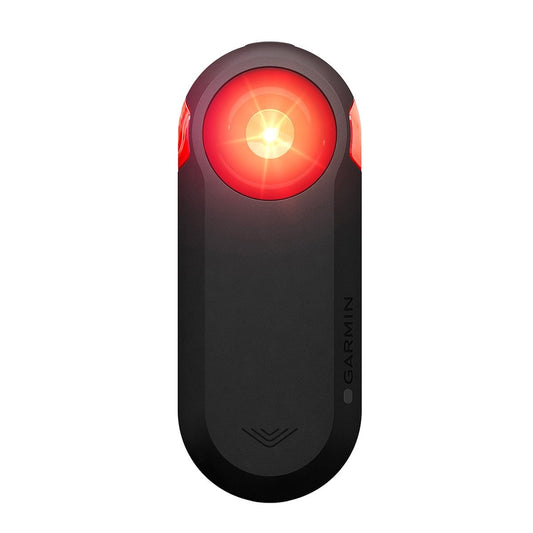
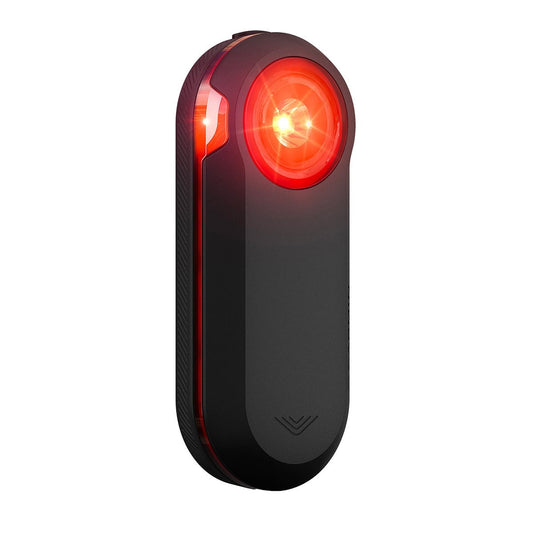
Rear lighting GARMIN VARIA RADAR RTL 515
Regular price 129,90 €Regular priceUnit price per -
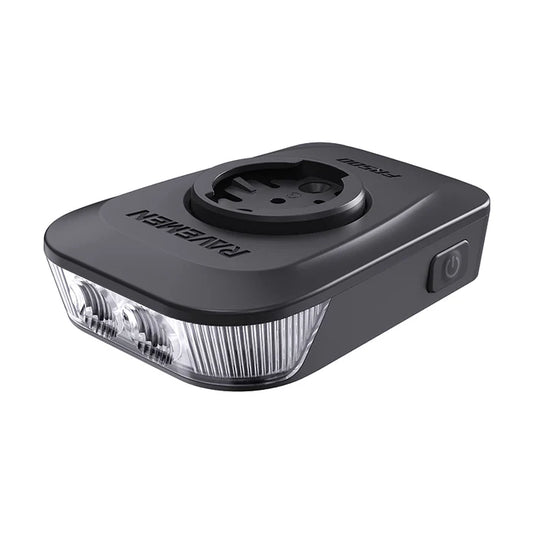
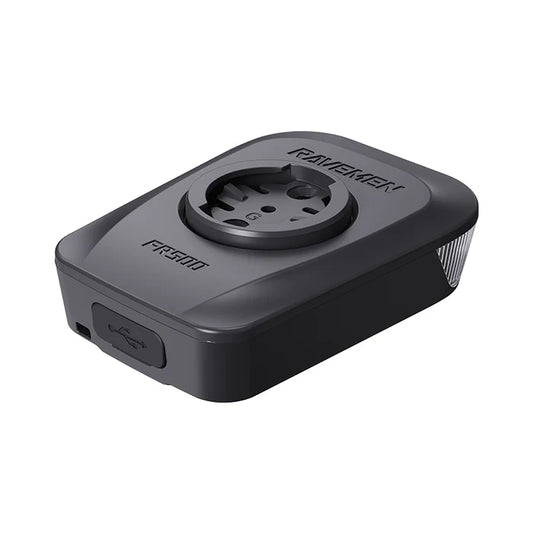
RAVEMEN FR 500 Front Light - Garmin/Wahoo
Regular price 54,99 €Regular priceUnit price per -
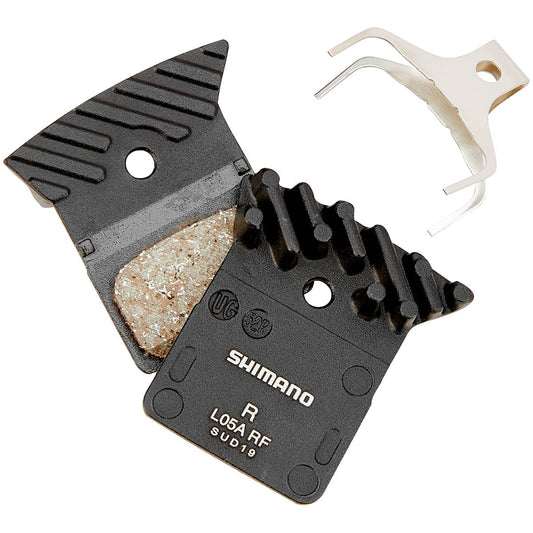

Brake Pads SHIMANO L05A-RF Dura-Ace/Ultegra/105/Tiagra/GRX/Metrea organics
Regular price 14,99 €Regular priceUnit price per -
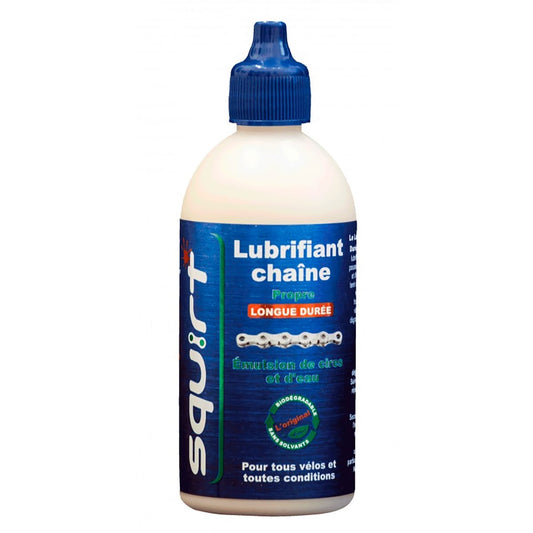
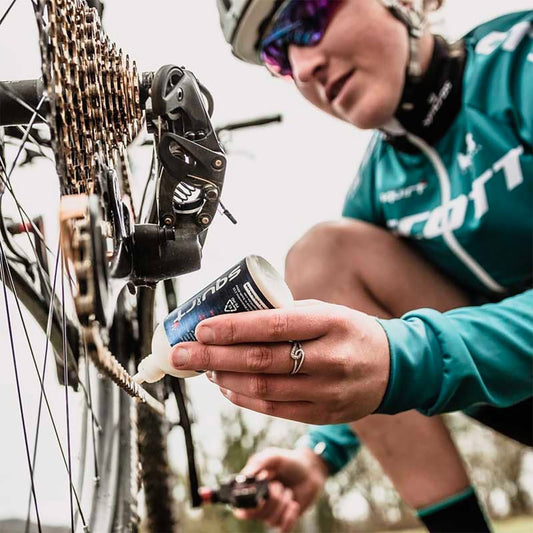
SQUIRT LUBE Wax Lubricant (120 ml)
Regular price 11,99 €Regular priceUnit price per


